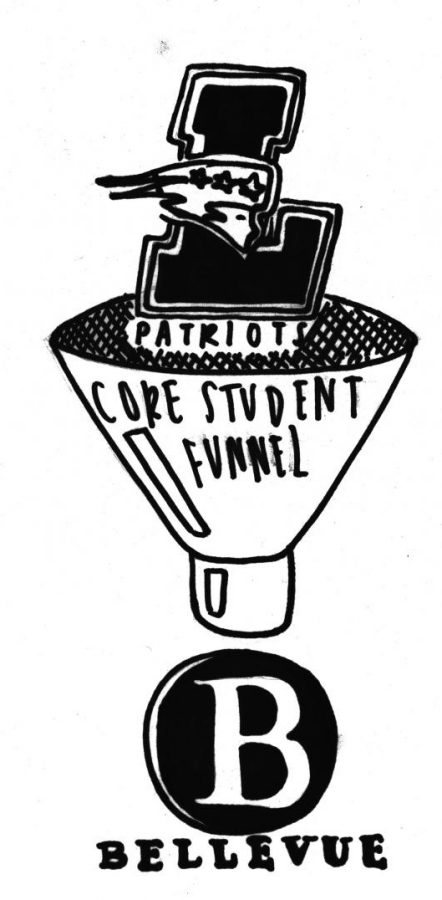Running Start is bad for the district, not the students
May 14, 2019
For such a large and successful program, the Issaquah School District is certainly making an effort to keep Running Start very low-priority. A “dual credit” program offered to high school upperclassmen in Washington, high school students can take community college courses counting for both high school and college credit while only paying for seven percent of expenses. Students can earn up to two years of college, or their AA. The program has gained momentum locally and nationally. It’s a great opportunity for students who’ve decided on majors, are planning on taking over four years of college, depend financially on free tuition, or are looking for more serious classes.
Yet there isn’t even a running start tab on the Liberty website. Nearly all accessible information through the ISD on the program is confined to one discreet web page with 3 documents and a vague paragraph of explanation. RS isn’t even a topic presented at freshman night to parents. Virtually the only ways students learn about the program is from previous students or if they specifically asked their counselor about RS as an option. Why is ISD keeping this program so hidden?
Well, there is a very particular demographic of students that leave to RS: The middle to higher-achieving “core” group that sets standards for the rest of the school. Removing these students results in the lowering of educational quality, since for the most part, only the extreme ends of the spectrum remain at the high school. Equally important, revenue for the school also decreases. The public school receives thousands of dollars of funding for each student, but larger numbers of RS students funnel state funding.
Despite Washington’s Running Start program being a national leader and major benefit to some students, the school district is seemingly discouraging the program, not because it’s bad for the students, but because it’s bad for the district.



